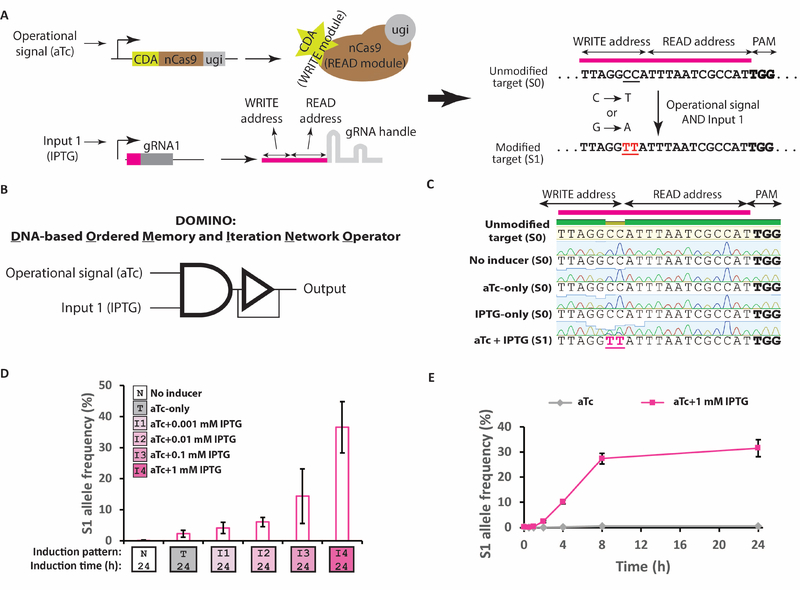Figure 1 |. DOMINO design and molecular recording by this memory architecture in living cells.
A) Schematic representation of DOMINO memory architecture. B) A basic DOMINO operator can be symbolized as an AND gate because it requires the expression of both the DNA read-write head (i.e., CDA-nCas9-ugi controlled by the “operational signal”) and the gRNA (regulated by “Input 1”) with a downstream feedback delay operator (to illustrate the unidirectional and memory aspect of the operator). DOMINO operators can be layered to create a wide variety of memory and logic functions. C) Sanger chromatograms of the target locus in E. coli cells harboring the DOMINO operator shown in (B) after induction with different combinations of the inputs for 24 hours. Bold nucleotides on the target show the location of the NGG PAM sequence. Targeted nucleotides are underlined. D) The frequency of mutated allele (S1) in E. coli cells harboring the DOMINO operator shown in (B) induced with aTc and various dosages of the input (IPTG). E) The dynamics of S1 mutant accumulation in E. coli cells harboring the DOMINO operator shown in (B). Error bars indicate standard deviation for three biological replicates. See also Figure S1.

